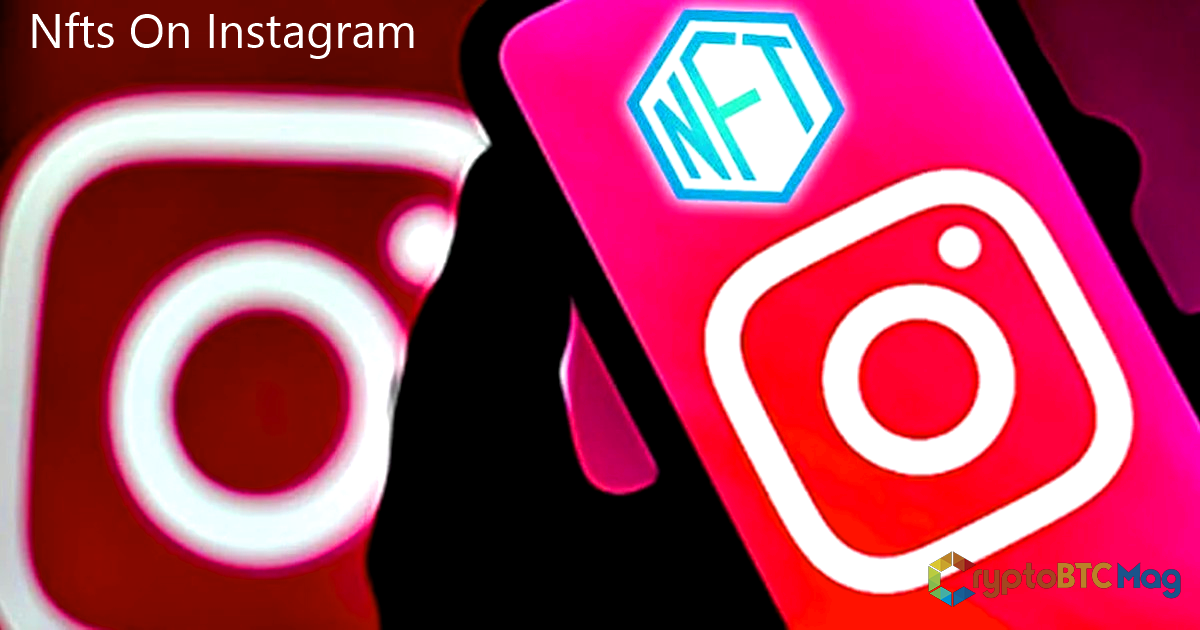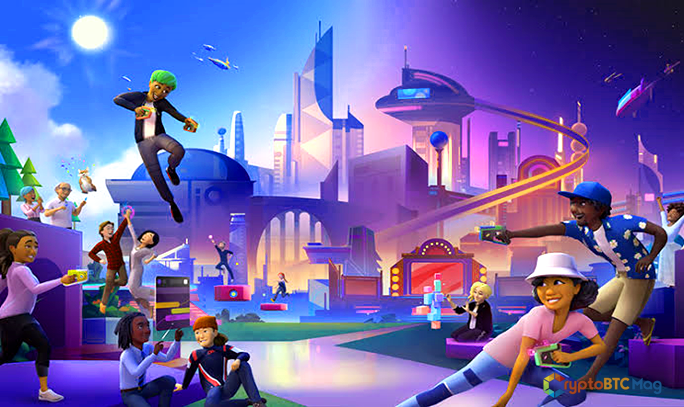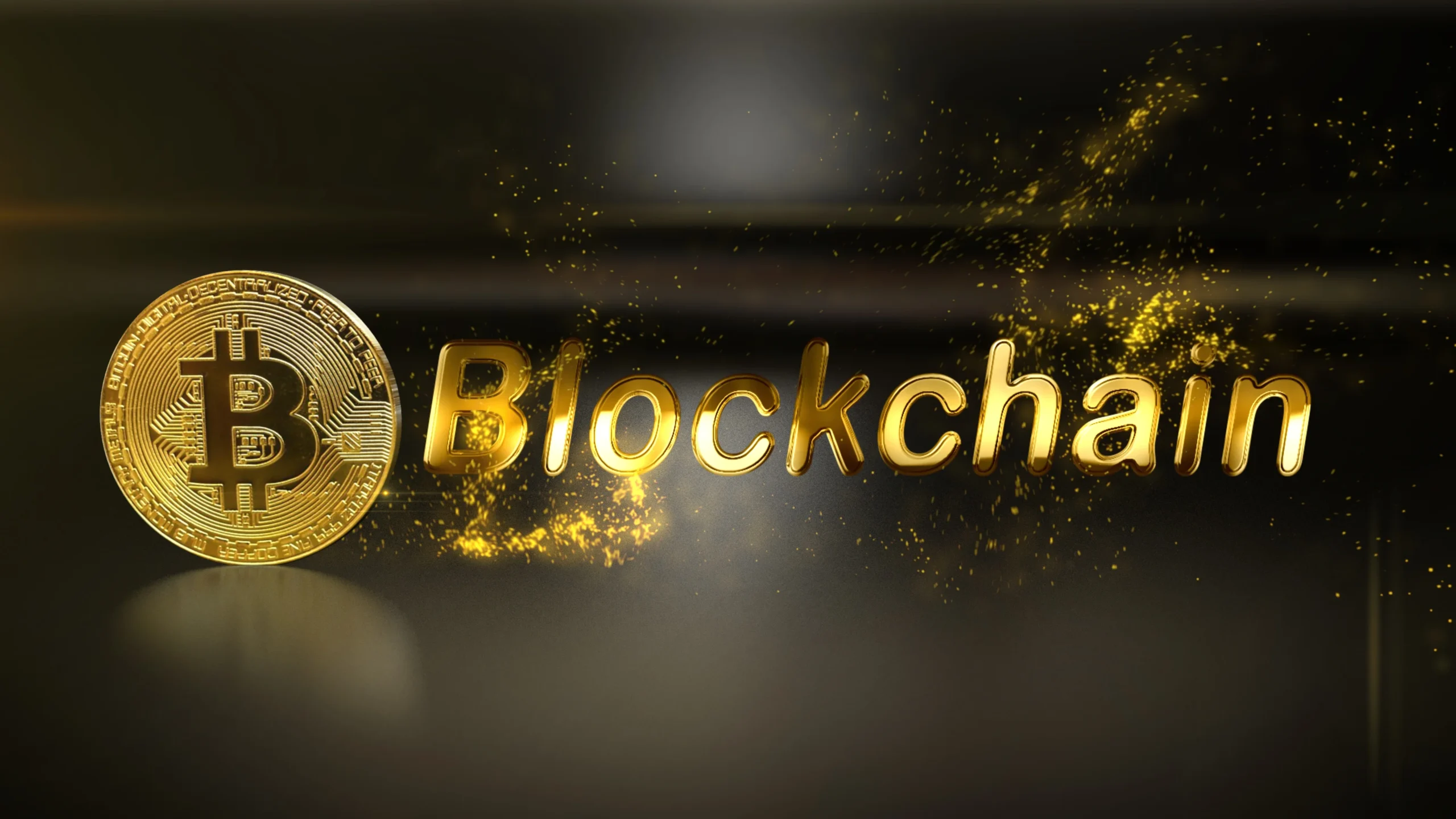
10 Ideas for Utilizing NFTs and Virtual Reality
10 Ideas for Utilizing NFTs and Virtual Reality? Virtual reality (VR) technology and non-fungible tokens (NFTs) are two of the most talked-about innovations in the digital world. When combined, they can unlock a whole new level of experiences and opportunities.
Introduction to NFTs and Virtual Reality
NFTs and virtual reality are two rapidly evolving technologies that are changing the way we think about ownership and experiences in the digital world. NFTs, or non-fungible tokens, are unique digital assets that are authenticated on the blockchain, making them verifiably scarce and valuable. Virtual reality, on the other hand, is a computer-generated environment that simulates real-world experiences, allowing individuals to explore new worlds and engage with digital content in ways never before possible. When these two technologies are combined, they create new opportunities for ownership and experiences in virtual reality that were previously unimaginable.
1: Virtual Real Estate
Virtual real estate is a rapidly growing market where individuals and companies can buy and sell digital land and buildings using NFTs. This market has arisen due to the increased popularity of virtual reality, which has made it possible for people to explore digital worlds and engage with content in ways that were previously impossible. NFTs are used to authenticate ownership of virtual real estate, giving buyers a sense of ownership over the digital assets they purchase. This can be used for a variety of purposes, including gaming, advertising, and even as a form of investment. Some virtual real estate can be quite valuable, with some properties selling for millions of dollars. As virtual reality technology continues to improve and become more widespread, it is likely that the market for virtual real estate will only continue to grow.
2: Virtual Concerts
Virtual concerts are a new way to experience live music in the digital age. With the rise of virtual reality technology and the ability to stream live events over the internet, it is now possible to attend a concert from anywhere in the world. NFTs can be used to create a sense of ownership over the experience, allowing fans to own a piece of the concert in the form of a digital asset. Virtual concerts can also provide new opportunities for artists to connect with their fans and promote their music, without the need for physical venues. This can be particularly useful during times when in-person events are not possible, such as during a pandemic or when an artist is unable to tour due to other reasons. The use of NFTs can also create new revenue streams for artists, as they can sell exclusive merchandise and experiences to their fans. Overall, virtual concerts are an exciting new way to experience live music and create new opportunities for artists and fans alike.
3: Virtual Art Galleries

Virtual art galleries are becoming increasingly popular as a way to experience art from anywhere in the world. NFTs can be used to authenticate ownership of digital art pieces, allowing collectors to own a piece of the artwork in the form of a digital asset. This creates new opportunities for artists to sell their work and for collectors to purchase and display it in their virtual collections. Virtual art galleries also provide a new platform for artists to showcase their work to a global audience, without the need for physical gallery spaces. They can also offer new ways for visitors to engage with the artwork, such as through interactive exhibits or guided tours. The use of NFTs in virtual art galleries also allows for greater transparency in the art market, as ownership and provenance can be easily verified on the blockchain. As virtual reality technology continues to advance, it is likely that virtual art galleries will become even more popular, offering new opportunities for artists and collectors alike.
4: Virtual Fashion

Virtual fashion is an emerging market that allows individuals to buy and sell digital clothing and accessories using NFTs. This market has arisen due to the increased popularity of virtual reality and the ability to create digital avatars that can be dressed up in virtual clothing. NFTs are used to authenticate ownership of virtual fashion items, giving buyers a sense of ownership over the digital assets they purchase. This can be used for a variety of purposes, including gaming, social media, and even as a form of investment. Some virtual fashion items can be quite valuable, with some items selling for thousands of dollars. The use of NFTs also creates new revenue streams for designers, who can sell exclusive virtual clothing collections and experiences to their fans. Virtual fashion is also more sustainable than traditional fashion, as there is no need for physical production or shipping of items, reducing the environmental impact of the fashion industry. As virtual reality technology continues to improve and become more widespread, it is likely that the market for virtual fashion will only continue to grow.
5: Virtual Training and Education
Virtual training and education is a growing field that uses virtual reality technology to provide immersive learning experiences. NFTs can be used to authenticate certificates and credentials earned through virtual training programs, providing students with proof of their achievements in the form of a digital asset. This can be particularly useful for industries where certifications are required, such as healthcare or IT. Virtual training and education can also be more cost-effective than traditional classroom-based learning, as there is no need for physical facilities or travel expenses. This makes it more accessible to a wider range of students, regardless of their location or financial situation. Virtual training and education can also provide new opportunities for interactive learning, such as through simulations and gamification. This can help students to retain information better and develop practical skills in a safe and controlled environment. Overall, virtual training and education is an exciting new field that has the potential to revolutionize the way we learn and train for a wide range of industries.
6: Virtual Tourism

Virtual tourism is a new way of experiencing travel destinations from the comfort of your own home. Using virtual reality technology, users can explore virtual versions of famous landmarks and tourist destinations. NFTs can be used to authenticate ownership of virtual tours or experiences, allowing users to purchase and collect unique digital assets related to their virtual travels. Virtual tourism can be particularly useful for those who are unable to travel for physical or financial reasons, or for those who want to explore a destination before visiting in person. It can also provide new opportunities for tourism operators to promote their destinations and attract potential visitors. Virtual tourism can also offer new ways to engage with a destination, such as through interactive exhibits or guided tours. As virtual reality technology continues to improve, it is likely that virtual tourism will become even more realistic and immersive, providing users with an experience that is almost indistinguishable from the real thing. Overall, virtual tourism is a promising new area that has the potential to revolutionize the tourism industry and make travel accessible to a wider audience.
7: Virtual Gaming
Virtual gaming is a popular application of virtual reality technology that allows users to immerse themselves in virtual worlds and interact with other players in real-time. NFTs can be used to authenticate ownership of in-game items, such as weapons, armor, or virtual real estate, giving players a sense of ownership over their digital assets. This can create new revenue streams for game developers, who can sell exclusive in-game items and experiences to their players. Virtual gaming can also provide new opportunities for social interaction, as players can connect with others from around the world and form communities based on shared interests. Virtual gaming can also be used for educational purposes, as it allows users to explore historical or scientific topics in a fun and engaging way. Additionally, virtual gaming can provide therapeutic benefits, such as helping individuals with physical or mental disabilities to participate in activities they may not be able to in the physical world. As virtual reality technology continues to advance, it is likely that virtual gaming will become even more immersive and engaging, providing players with experiences that are almost indistinguishable from reality. Overall, virtual gaming is a dynamic and exciting field with enormous potential for innovation and growth.
8: Virtual Sports
Virtual sports refer to the use of virtual reality technology to simulate various sports activities and competitions. This can include anything from virtual soccer matches to virtual Formula 1 races. NFTs can be used to authenticate ownership of virtual sports collectibles, such as rare player cards or game tokens, giving fans a sense of ownership and exclusivity over their digital assets. Virtual sports can be enjoyed by players of all ages and abilities, making it a highly accessible form of entertainment. It can also provide new opportunities for sports fans to engage with their favorite teams and players, as they can participate in virtual matches or collect virtual memorabilia. Virtual sports can also be used for training purposes, as it allows athletes to practice and refine their skills in a safe and controlled environment. Additionally, virtual sports can be used for therapeutic purposes, such as helping individuals with physical or mental disabilities to participate in sports activities they may not be able to in the physical world. As virtual reality technology continues to advance, it is likely that virtual sports will become even more realistic and engaging, providing players with experiences that are almost indistinguishable from reality. Overall, virtual sports is an exciting and rapidly growing field that has the potential to transform the sports industry and offer new opportunities for fans and athletes alike.
9: Virtual Real-Life Experiences
Virtual real-life experiences refer to the use of virtual reality technology to create simulations of real-life scenarios and environments. This can include anything from virtual travel experiences to virtual museum tours. NFTs can be used to authenticate ownership of virtual souvenirs or mementos, such as digital photos or video recordings, giving users a sense of ownership and authenticity over their virtual experiences. Virtual real-life experiences can provide users with a safe and convenient way to explore new places and activities, without the limitations of physical travel or accessibility barriers. It can also provide new opportunities for education and cultural exchange, as users can learn about different cultures and historical events through interactive virtual experiences. Additionally, virtual real-life experiences can be used for therapeutic purposes, such as helping individuals with anxiety or phobias to overcome their fears in a controlled and safe environment. As virtual reality technology continues to advance, it is likely that virtual real-life experiences will become even more immersive and interactive, providing users with experiences that are almost indistinguishable from reality. Overall, virtual real-life experiences is a rapidly growing field with enormous potential for innovation and growth, providing users with new opportunities for exploration, learning, and personal growth.
10: Virtual Reality Metaverse
A virtual reality metaverse is a fully immersive virtual environment where users can interact with each other and engage in a wide range of activities, from socializing to gaming to commerce. NFTs can be used to authenticate ownership of virtual assets and experiences within the metaverse, such as virtual real estate, clothing, or game items, giving users a sense of ownership and value over their digital assets. The metaverse is often described as a “next-generation” internet, where users can enter a fully realized virtual world and interact with others in ways that are not possible in the physical world. Users can create their own avatars, build virtual homes, participate in virtual concerts or sporting events, and even attend virtual universities or conferences. The potential applications for the metaverse are virtually limitless, and it has been hailed as a new era of social interaction and commerce. However, there are also concerns around privacy and security in the metaverse, as it is a fully immersive digital environment where users may be susceptible to cyber attacks or surveillance. As the metaverse continues to evolve and expand, it is likely that it will become an increasingly important part of our digital lives, offering new opportunities for socialization, entertainment, and commerce.
Conclusion
The potential applications for NFTs and virtual reality are vast and exciting. From virtual real estate to virtual fashion and gaming, NFTs can provide a new level of authenticity and ownership to digital assets and experiences. Virtual reality technology allows us to create fully immersive environments and experiences, offering new opportunities for exploration, learning, and entertainment. The combination of NFTs and virtual reality is particularly compelling, as it allows for the creation of unique and valuable digital assets that can be authenticated and traded securely. As the technology continues to advance, it is likely that we will see new and innovative ways of using NFTs and virtual reality to create new forms of digital expression, entertainment, and commerce. However, it is important to consider the potential risks and challenges of these technologies, particularly around privacy, security, and accessibility. As we navigate the exciting potential of NFTs and virtual reality, we must also ensure that we are creating equitable and sustainable digital ecosystems that benefit all users.
FAQs
What is an NFT?
What is virtual reality?
Virtual reality is a computer-generated environment that simulates real-world experiences.
How are NFTs and virtual reality used together?
NFTs can be used to prove ownership of digital assets and experiences in virtual reality, creating new markets and opportunities.
Can virtual real estate be bought and sold using NFTs?
Yes, virtual real estate is a growing market where individuals and companies can buy and sell digital land and buildings using NFTs.
What is virtual tourism?
Virtual tourism allows individuals to explore different destinations and landmarks in virtual reality without leaving their homes.






2 Comments